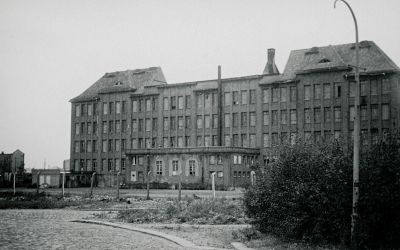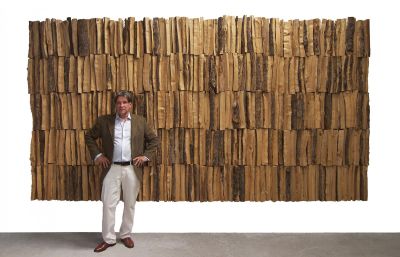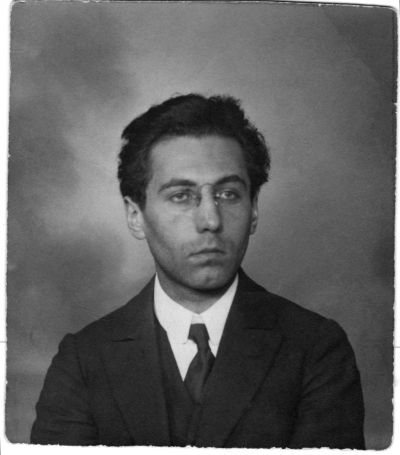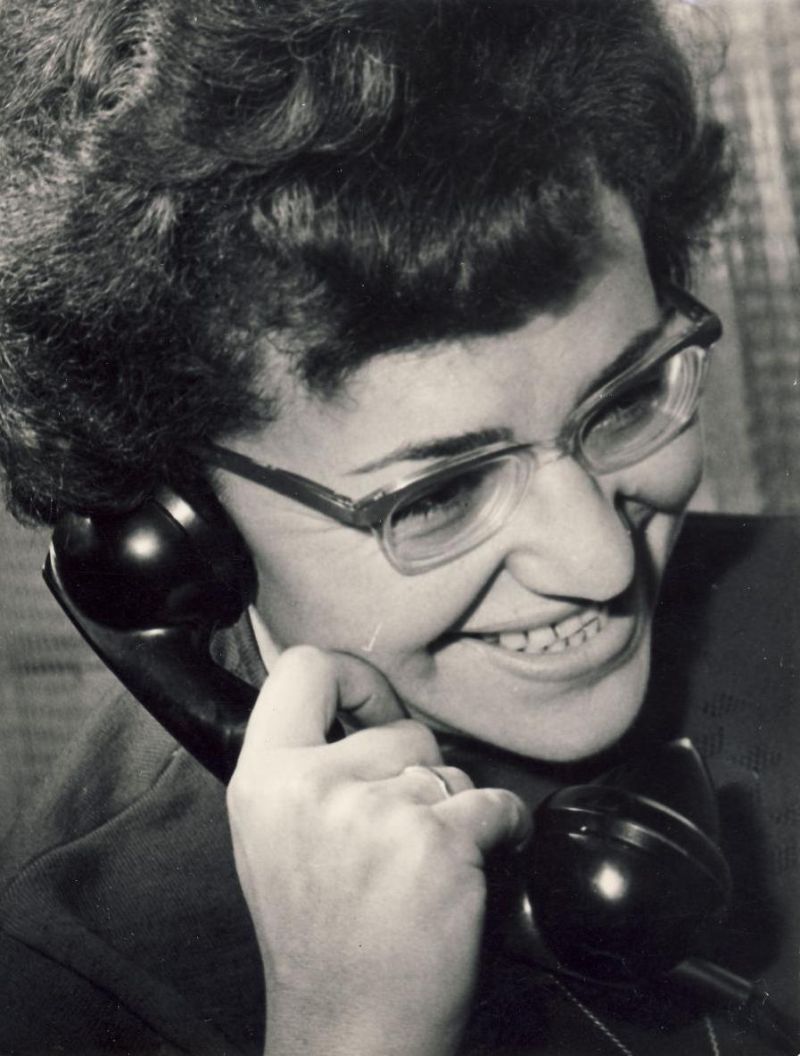Helena Bohle-Szacki. Fashion – Art – Memories
Mediathek Sorted

























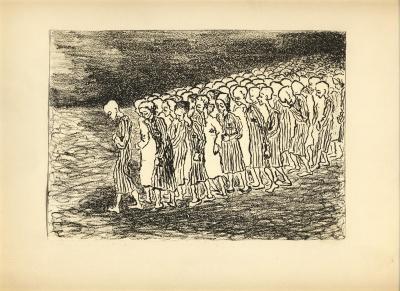


Interview mit Helena Bohle-Szacki, 2005





























Art
In the early 1970s she began to take art seriously. Until her death she created more than 300 drawings on paper and cardboard. Her oeuvre comprises several motifs, some of which differ considerably from each other: They are geologically or organically inspired pictures, portraits of trees and sections of landscapes, all the way to abstract geometric compositions. (ill. 8–24). But this development was by no means linear, and in turns she took up different themes, mixed them together, sometimes allowing the narrative in the picture to take precedence, and at other times devoting her energies to more emphatic abstract questions. “For example, I try to achieve certain dynamics and depth with the help of an erroneous, crazy perspective. But through this formal problem I also want to express my own world. In everything I do, there is great respect for the cosmos, but at the same time it is also a vaguely perceived mysticism and the awareness that our petty existence is not so important,” said the artist.[10]
Art critics, artists, and publicists who have commented on Helena Bohle-Szacki‘s work have sought different approaches to her pictorial world, drawn on metaphors and formulated their own interpretations, some of which do not entirely agree.
Katarzyna Siwerska, an art historian and co-curator of the exhibition “Helena Bohle-Szacka. Mosty / Die Brücken”, which was shown at Białystok Galeria Sleńdzińskich from June to August 2017, writes about Bohle-Szacki‘s first Berlin works as follows: “What distinguishes the abstract paintings from the 1970s and the early 1980s is their open composition. Some elements seem to want to flow off the sheet at any moment. She draws cocoons, knots, biomorphic marks whose streamlined contours resemble shapes in nature. The misshapen figures are like excrescences, new formations, degenerations. The artist blurs the line between the worlds of the human and the plant.”[11] However, the writer and journalist Andrzej Więckowski, author of the text of the catalogue for her Berlin exhibition in 1994, noted: “In her early works, the artist dealt with the inner dynamics of forms as if she had caught evolution in the transition from a geological to a biological form”.[12]
During her first creative period Helena Bohle-Szacki produced paintings using mixed techniques. She drew with a pen, made collages with white tissue paper or aluminium foil, and added red spotty elements or stripes to the black-and-white drawings. Over time the biological abstractions and the colour gave way to figurative motifs drawn in black and white: Tree trunks, broken branches, rock formations and stones appeared on the pictorial surface. At the same time she drew increasingly on geometry, which were more and more often accompanied by seemingly realistic features. Last but not least, she repeatedly created abstract geometric compositions.
A large group of pictures includes works with a painstakingly drawn motif of a tree, naturally enriched with geometric accents. “Helena Bohle Szacki‘s trees are always depicted individually, sometimes against the background of a rough rocky landscape. Some are enclosed in a rectangular frame. Placed in the middle of the page they appear even stronger in their isolation and in the surrounding void. If they are delimited by geometric figures, they seem to be deprived of breath, of their bearings,” says Katarzyna Siwerska[13], who sees a distant biographical echo in the solitude of the frequently crippled trees.
Andrzej Więckowski describes the relationship between the abstract and the figurative in a different way: “Trees, stones and mountain landscapes in these graphics do not recount their realistically conceived grace but, like triangles, circles, squares and geometric bodies, participate in the genesis of forms. They‘re not real, but ideal. They are rather ideas of trees, stones or mountain landscapes, originating from original and universal geometric forms”.[14]
[10] Conversation 1, at the specified location.
[11] Katarzyna Siwerska, Sztuka, in: Helena Bohle-Szacka. Lilka. Mosty / Die Brücken, ed. M. Różyc, Białystok 2017, pp. 85–91.
[12] Andrzej Więckowski, Graphische Traktate von Helena Bohle-Szacki, in: Helena Bohle-Szacki, exhibition catalogue, no year [Polnisches Kulturinstitut Berlin, 1994].
[13] Katarzyna Siwerska, at the specified location.
[14] Andrzej Więckowski, at the specified location.













